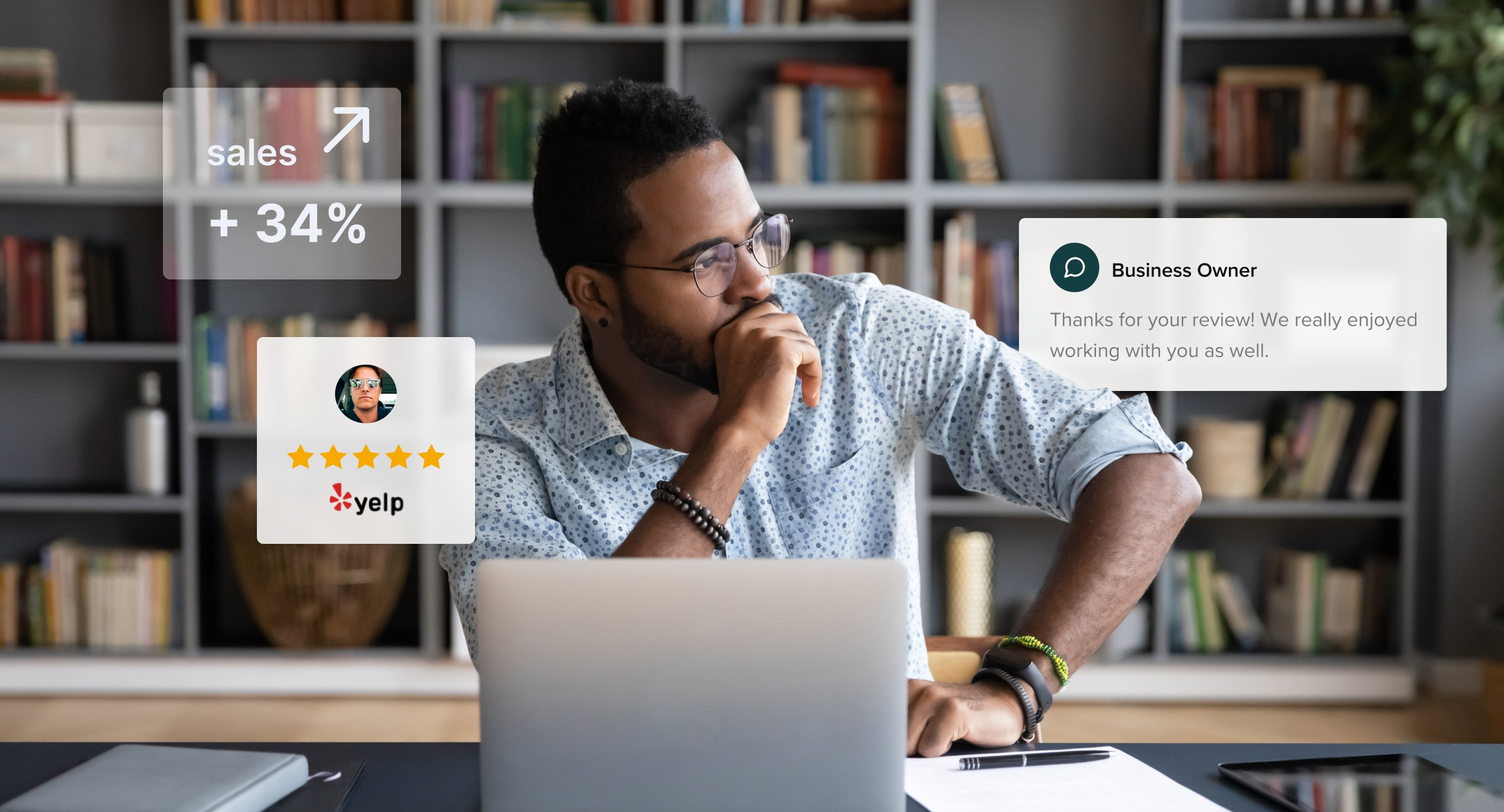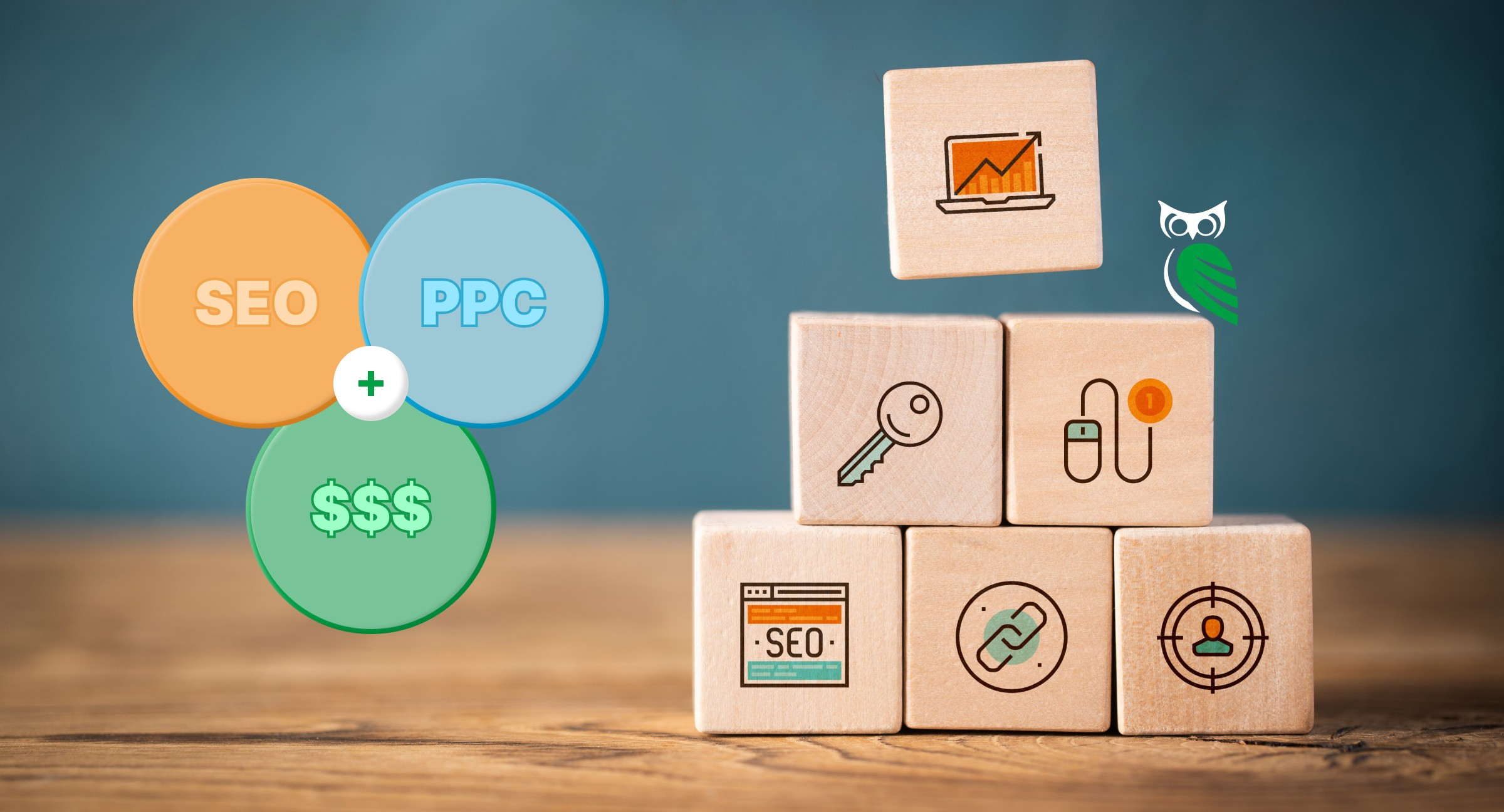It's Time to Get WISE.
A quick, honest call to assess your needs and point you in the right direction—no sales pitch. Best suited for:
- Established businesses with a defined marketing budget
- Businesses prepared to grow and scale
A deep dive with a top expert to uncover gaps and map a smarter path forward.
- Includes a $250 digital audit covering your website, SEO, local presence, and online performance—yours to keep.
- Get smart, actionable ideas you can apply to your business right away.

Enter the email you would like your guide sent to:

Enter the email you would like your guide sent to:

Enter the email you would like your guide sent to:
Apply Today
Please fill out the information below. Someone on our team will reach out in 3-5 business days to schedule a call if we see a good fit.
Book Patrick Dillon
Thanks for your interest in booking WISE CEO Patrick Dillon on your podcast! Please complete the form below, and a team member will contact you shortly.

Remove Negative Reviews.
Pixels & Perception: The Role Web Design Plays in Brand Identity

May 12, 2025
- 5 min read

Your website is often the first and most influential impression of your brand. It's more than a website—it's a reflection of who you are, what you stand for, and how you want people to feel when they interact with your business. And you can't do all that without standout web design.
Here's how web design isn't just a part of your brand but is your brand and how intentional design can turn passive visitors into loyal brand advocates.
What Is Brand Identity?
Gone are the days when "brand identity" meant a logo or a tagline. Now, it's your ecosystem of visuals, messaging, and experiences. Think of brand identity as:
The sum of everything your business communicates, visually and emotionally.
It includes:
- Color palette
- Typography
- Imagery
- Logo
- Tone of voice
- Customer experience
A strong brand identity makes people feel something about your business, and even more importantly, it can help them see themselves in it. Brand identity can create brand loyalty, where people choose your company over others because it reflects their own aspirations, values, or beliefs.
Web design is where all of these elements come together.
How Design Builds Brand Identity
Consistency Across Channels
Your website should echo the look and feel of all your brand touchpoints, from social profiles to email campaigns and paid ads. Consistency creates familiarity, and it's that familiarity that can build trust. If customers click on one of your ads and land on your website that has a completely different feel, they'll be thrown off, to say the least. The jolting, confusing experience could be enough for them to leave—and never return.
Visual Alignment
Web designers know that fonts, colors, imagery, and even spacing aren't arbitrary choices; they're visual cues that communicate your brand's personality. A muted color palette can convey calm sophistication. A bold sans-serif font can exude confidence and modernity.
Every single visual decision you make sends a signal to your audience about who you are. Make sure the message is cohesive.
Seamless User Experience (UX)
You may not be aware of the "Aesthetic-Usability Effect," but web designers certainly are. First studied in 1995, it's the correlation between aesthetic appeal and perceived ease of use. Here's what was concluded:
- Aesthetically pleasing designs create a positive brain response, leading people to believe the design works better.
- When something is pleasing to the eye, people are more tolerant of minor usability issues.
Because people perceive visually appealing designs as more usable, even when they're not, you need to nail your web design.
Design Elements That Shape Brand Perception
When it comes to web design, every pixel matters! Here are the building blocks that can make or break how your brand is perceived.
Color Scheme

Blue signals stability.
Green conveys energy.
Red? Urgency.
Colors evoke emotion and, when chosen thoughtfully, can resonate with your target audience.
Typography
If colors evoke emotion, font brings the attitude.

The font you select whispers (or shouts) your brand voice before a single word is read. Whether you're a luxury brand with a more elevated font, a tech startup leaning into clean geometric fonts, or a fun-loving e-commerce company wanting something more playful, your typography reinforces your tone and builds an emotional connection.
Imagery and Graphics
Visual storytelling is important, and brand-aligned graphics and custom photography can bring your brand to life in ways that stock photos never will. The visuals on your website should feel intentional, real, and unmistakably you.

Responsive Design
Desktops, mobile, tablets—your website should look and feel great everywhere.

Responsive design isn't only a usability issue. It's a reflection of your professionalism and accessibility. A broken layout sends the wrong message about your company's attention to detail.
Tips for Aligning Web Design With Brand Identity
1. Perform a Brand Audit
Carefully review all your channels and your website, looking for cohesion. Is your brand voice, values, and personality accurately reflected across all outlets? If not, it's time to rethink both your design and messaging strategy.
2. Partner With WISE
You'll want experienced designers who understand that web design is about aesthetics and alignment. At WISE Digital, we create custom websites that fuse visual creativity with brand strategy, ensuring all elements work in harmony.
3. Evolve
Your brand isn't static, which means your website shouldn't be either. Regularly review your design to ensure it stays relevant, fresh, and on-brand.
Don't Build a Website. Build a Brand Experience.
In the tech-forward world we live in, web design is a powerful tool you can use to express your brand identity and stand out from the digital crowd. It's where story meets style, form meets function, and brand meets audience. At WISE, we don't simply build websites—we build brand experiences.
What's your website saying about your business? Book a complimentary 15-minute consultation to find out.
Share
Subscribe to WISE Insights
Stay ahead of the digital marketing curve and never miss a lucrative trend or insightful tidbit – subscribe to our WISE blog!
Keep Reading
Build. Grow. Soar.
Get WISE about digital marketing with advanced services, industry experts, and cutting-edge tools designed for long-term, sustainable growth.





